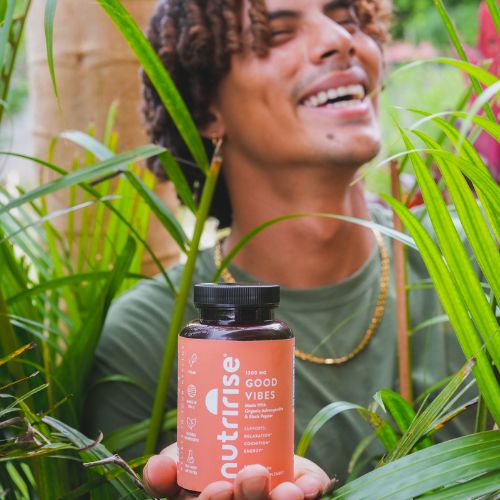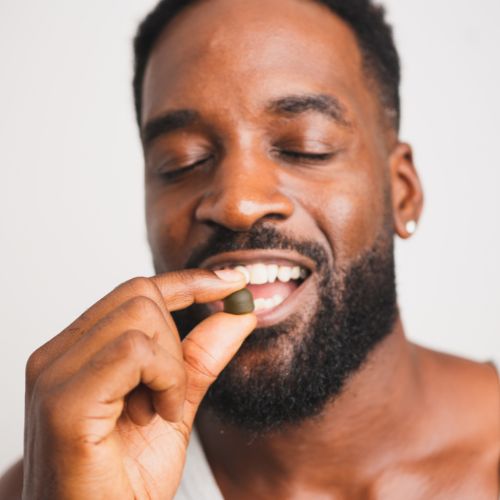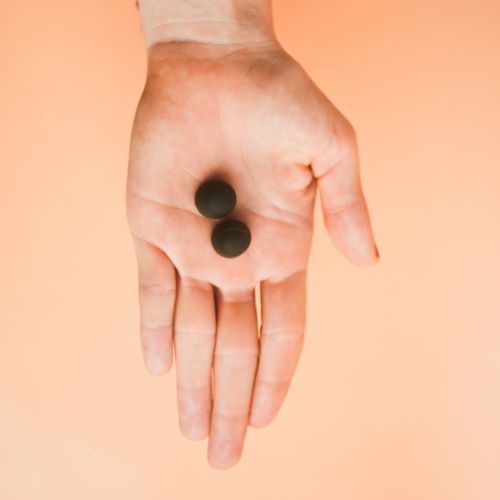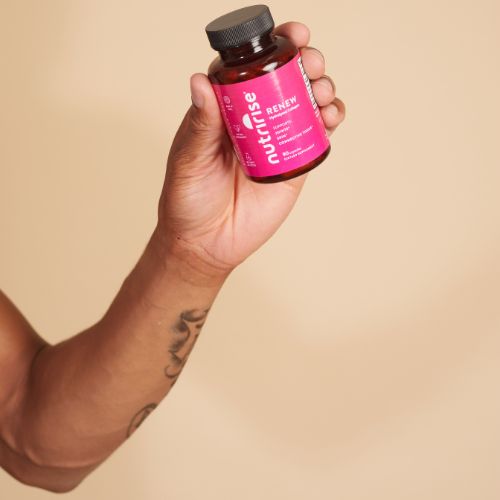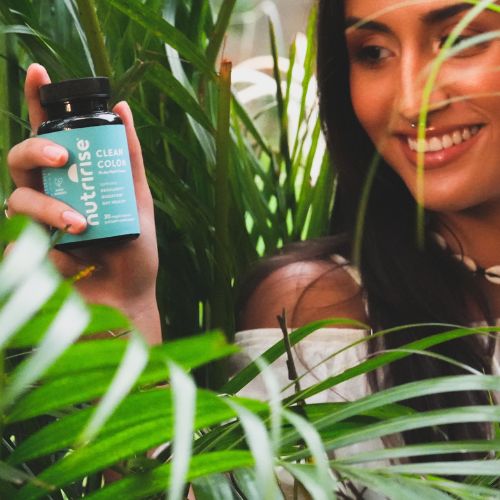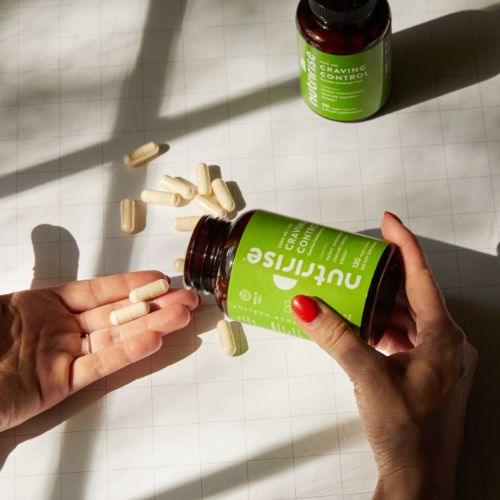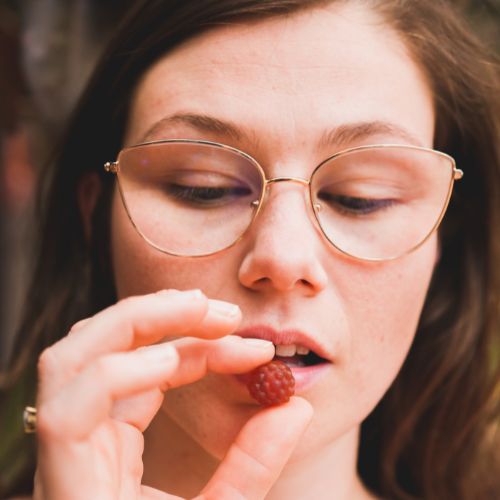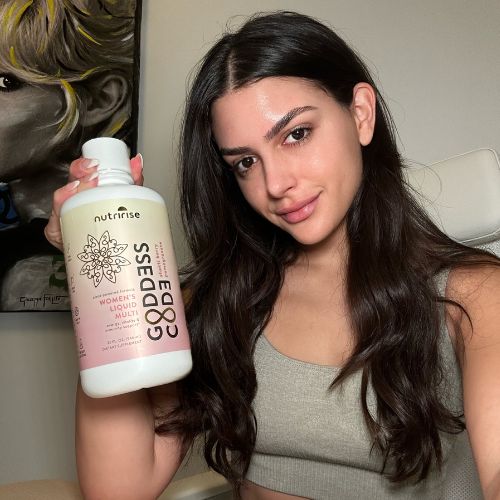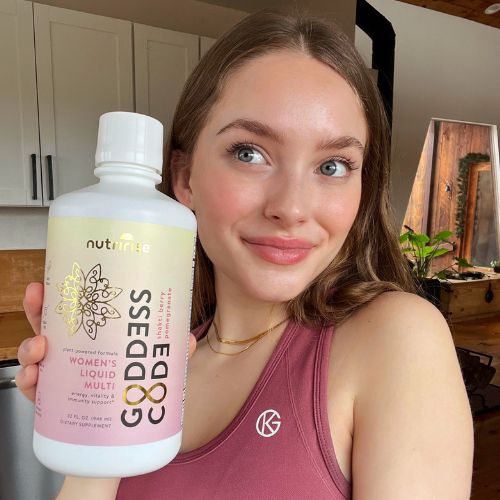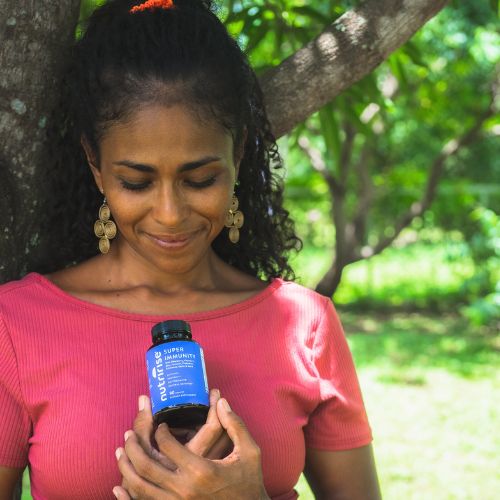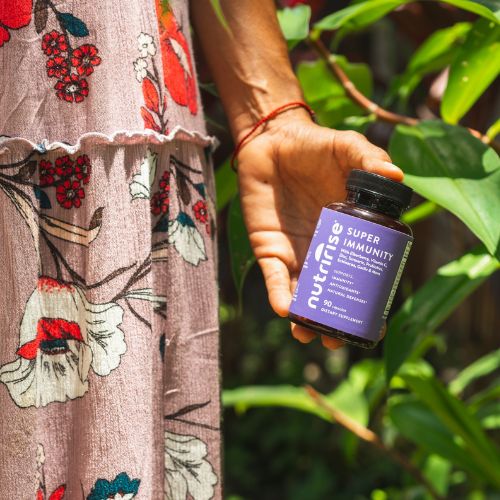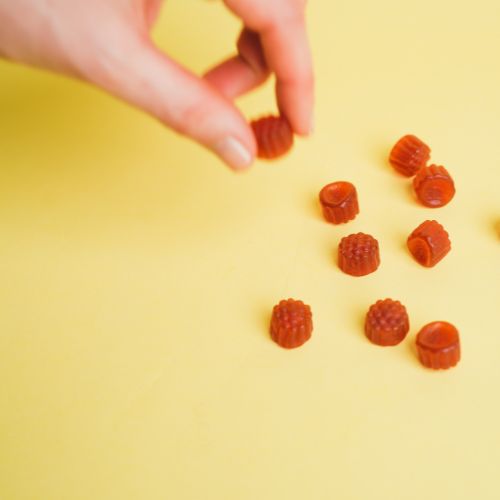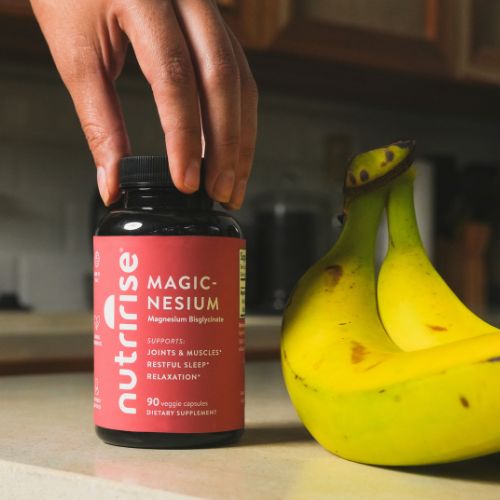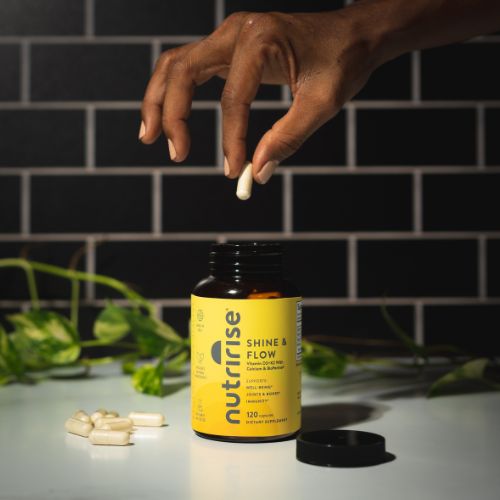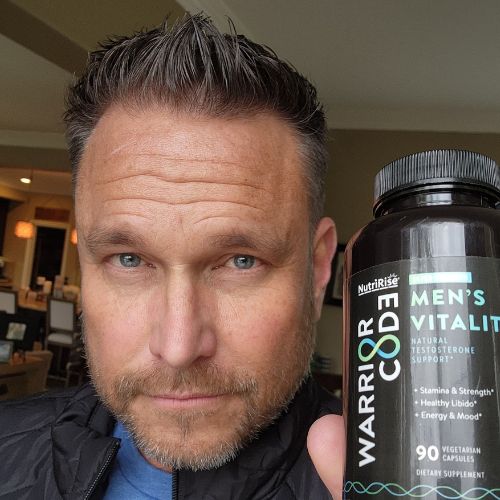That piece of cake sitting on the counter looks amazing. In fact, it’s so tempting that you give in and eat a bit of it. Maybe you even devour the whole thing. It’s only after you set down your fork that that guilty feeling starts to wash over you. You knew that cake was bad for you. But you couldn’t help but sink your teeth into it. Why? Why does bad food taste so good?
Well, the good news is that it isn’t your fault. There’s a reason why bad food tastes so good to us: there’s a mismatch between human biological evolution and how the Industrial Revolution has changed our society.
Our Biological Evolution
Our world and the food we eat has changed a lot over the years. But there’s something that hasn’t changed much: our biology and how we process foods.
Thousands of years ago, we were hunter-gatherers. This means that we used to run around hunting for food. Because food wasn’t always readily available, our bodies developed mechanisms to help us survive even if we had to go a few days without eating. One example of these survival mechanisms is taste. Foods that are high in calories taste good to us because good taste is our body’s way of telling us to stock up on foods we need to eat and store to survive.
The food industry knows that we have a weakness for foods that taste good because they’re high in calories. That’s why they strategically pack otherwise bland food with extra fat and sugar to improve its taste. They leverage the fact that bad food tastes good to us because of our biology.
The Industrial Revolution
However, our biology doesn’t entirely explain why bad food tastes so good. Beginning in 1760, the Industrial Revolution transformed the way we live and eat. It allowed farmers and the food industry to develop new ways of preserving foods so they last longer. This has led to the use of chemicals to increase the shelf life of foods. That’s why it isn’t uncommon to now find foods packed with preservatives like benzoates, nitrates, and sulphites, all of which have been linked to unhealthy diets.


